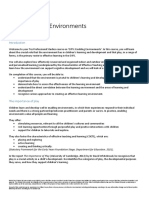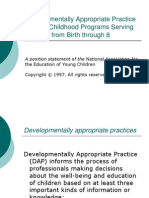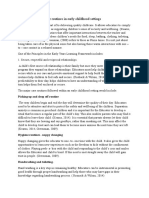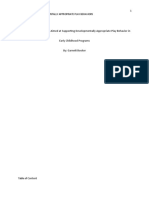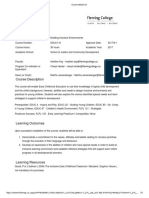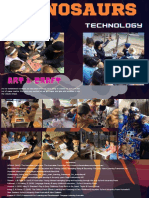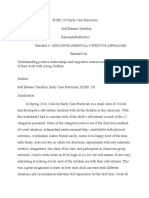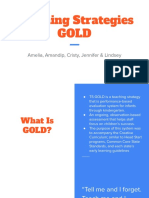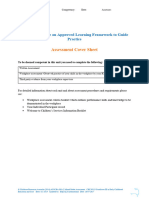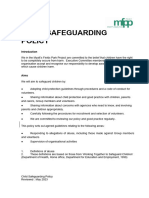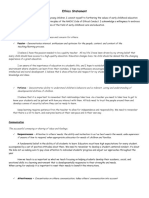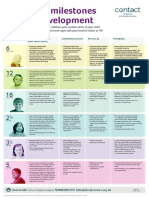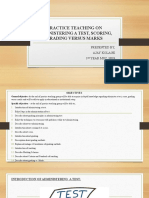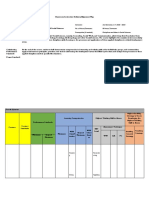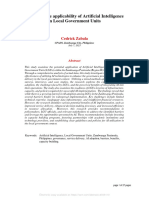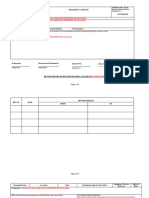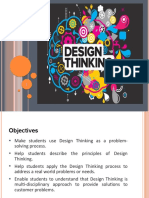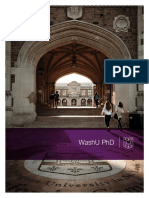0% found this document useful (0 votes)
59 views23 pagesAssignment 13
Partnership working in early years education is essential for delivering high-quality care and education, involving collaboration among practitioners, parents, and multi-agency professionals to meet children's individual needs. This collaboration enhances continuity of care, supports safeguarding, and is mandated by various legal frameworks in the UK, including the Early Years Foundation Stage and the SEND Code of Practice. Effective partnership working fosters children's development, emotional wellbeing, and early identification of needs, while addressing barriers such as communication difficulties and cultural differences.
Uploaded by
maryamasad668Copyright
© © All Rights Reserved
We take content rights seriously. If you suspect this is your content, claim it here.
Available Formats
Download as DOCX, PDF, TXT or read online on Scribd
0% found this document useful (0 votes)
59 views23 pagesAssignment 13
Partnership working in early years education is essential for delivering high-quality care and education, involving collaboration among practitioners, parents, and multi-agency professionals to meet children's individual needs. This collaboration enhances continuity of care, supports safeguarding, and is mandated by various legal frameworks in the UK, including the Early Years Foundation Stage and the SEND Code of Practice. Effective partnership working fosters children's development, emotional wellbeing, and early identification of needs, while addressing barriers such as communication difficulties and cultural differences.
Uploaded by
maryamasad668Copyright
© © All Rights Reserved
We take content rights seriously. If you suspect this is your content, claim it here.
Available Formats
Download as DOCX, PDF, TXT or read online on Scribd
/ 23





